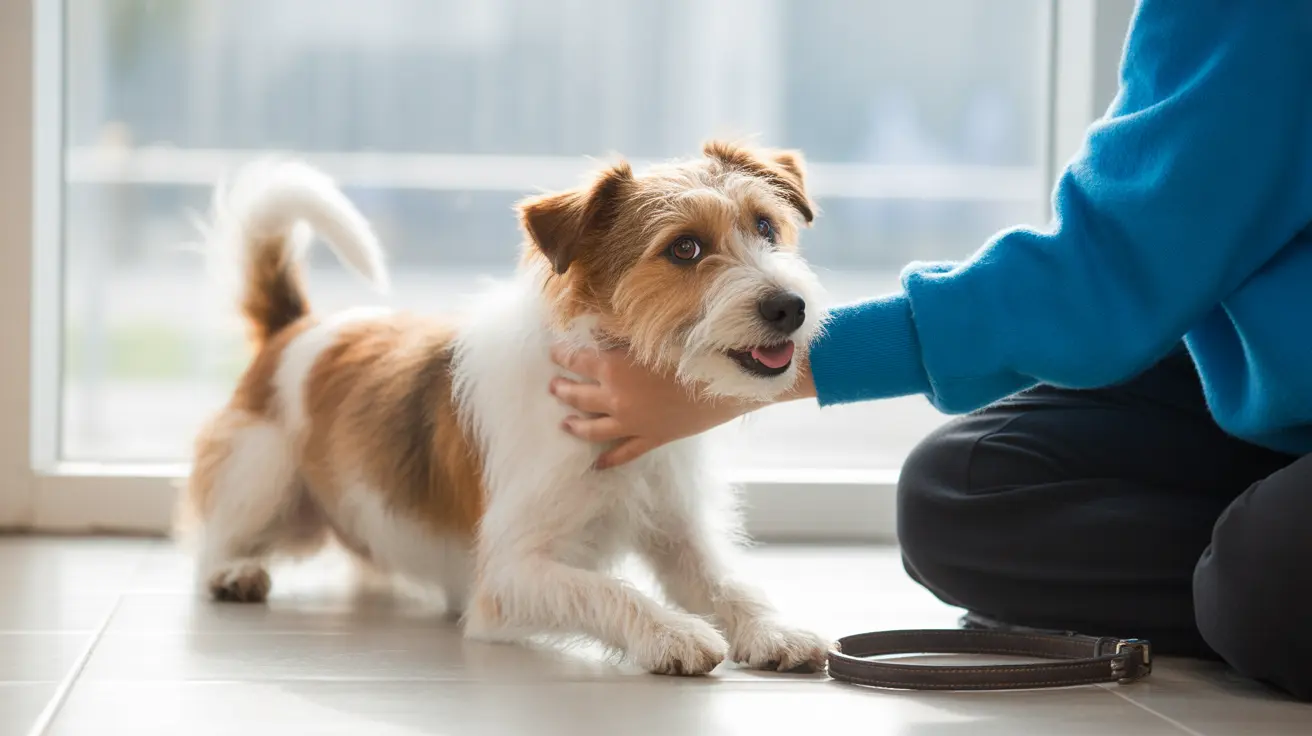How Dogs Perceive Time: Understanding 10 Minutes From a Canine View
Many pet owners wonder how their dogs experience time, especially when leaving the house for short periods. Does your pup think you’ve been gone forever when you return from taking out the trash? Let’s explore what 10 minutes feels like to a dog through the lens of science and canine cognition.
Can Dogs Understand the Passage of Time?
While dogs don’t conceptualize time using clocks or calendars as humans do, research into dog cognition reveals that they possess an impressive capacity for memory, pattern recognition, and emotional response. These abilities shape how they experience short durations like ten minutes.
- Episodic-like memory: Dogs can recall past actions and experiences, such as where they left a toy or what routine follows a command.
- Pattern learning: Dogs anticipate events through observed patterns, such as knowing a walk follows picking up a leash.
- Sensory realism: Their experience of time is rooted in the immediate sensory environment like smells, sights, and sounds.
The Present-Moment Focus of Canine Experience
Unlike humans who are prone to ruminating on the past or planning for the distant future, dogs focus almost exclusively on the present. Their primary drives are to seek pleasure, avoid discomfort, maintain social bonds, and fulfill basic needs such as food or safety. Because of this, they may not track duration as we do but instead respond to changes in context and environment.
So, when you’re gone for 10 minutes, your dog might not count every second. Instead, they'll focus on:
- The initial change — you leaving.
- The environment during your absence — any sounds or scents that shift.
- Your return — a sudden emotional and sensory reunion.
The Role of Emotion and Anticipation
Dogs are emotional creatures. They form strong attachments to people and show emotional responses such as anticipation, joy, anxiety, and excitement. Their sense of time, therefore, may be better described through emotional states rather than chronological measurement. If your dog associates your absence with stress, even a short duration may feel significant to them emotionally, though not necessarily quantitatively.
How Dogs Use Cues to Estimate Time
Dogs don’t measure time but can infer it through:
- Environmental cues: The angle of sunlight, changing noises, or smells can indicate the passage of time.
- Internal rhythms: Circadian patterns help dogs regulate sleep, feeding, and activity.
- Human routines: Dogs synchronize with daily household behaviors and may become anxious if those patterns are broken.
In the case of 10 minutes, these cues may barely change, making it difficult for a dog to register a noticeable passage of time in sensory terms.
Memory Versus Real-Time Processing
Dogs exhibit episodic-like memory, meaning they can recall specific past events. However, they may not link them to a linear temporal framework like “that happened 10 minutes ago.” This episodic-like recall—especially evident in dogs trained to repeat actions after short delays—suggests they remember “what” happened more than “how long it was ago.”
Does 10 Minutes Feel Like Hours?
There’s a myth that dogs perceive time logarithmically—that time seems longer when you’re young or excited. While dogs might not have an internal clock like humans, signs suggest they can distinguish between durations tentatively based on experience, conditioning, and emotional context.
Does Breed Influence Perception of Time?
To some extent, yes. Cognitive ability can vary among breeds due to their historical roles—herding breeds, for instance, may be more attentive to patterns and responsive to environmental changes, potentially impacting how they process short-term absence.
Practical Takeaways for Pet Owners
- Short absences may not be distressing if your dog is mentally stimulated or emotionally secure.
- Routine and enrichment help dogs feel grounded and reduce anxiety associated with waiting.
- Training and socialization improve their ability to anticipate your return in a calm manner.
Ultimately, 10 minutes probably feels like a brief shift in the environment rather than a long wait. Most dogs will simply respond to your return with excitement due to their social bond with you—whether you’ve been gone 2 minutes or 2 hours.
Conclusion: Living in the Now
Dogs live rich mental lives based on emotions, senses, and learned patterns. Their experience of time is nonlinear and emotionally anchored. While they don’t track minutes on a clock, their awareness is still sharp, based on rhythms, cues, and attachment. So next time you walk back into the room and are greeted like a hero, remember—it’s not the duration that matters to your dog, it’s the moment of reunion.





